This week we feature the first of four visits to the Maserati factory. Next week, Graham Gauld recalls the works in the years 1957, 1958 and 1960, while this week, VeloceToday reader David Hewitt ads his impressions of his time in Europe in 1963, and a visit to Maserati.
While trying to identify the cars in Hewitt’s photos, we stumbled across two rare and interesting cars once owned by John Simone, head of Maserati-France. But before we get that, David’s photos of the Nurburgring are equally fascinating and all in color!
Photos courtesy David Hewitt unless otherwise noted.
Text by Pete Vack and David Hewitt
David Hewitt’s father was an Air Force pilot stationed in Europe from 1960 to 1964. Hewitt was only 15 when his family lived in France for the first year and Germany for the remaining years. Hewitt recalls those years:
As a typical American teenager, I was steeped in the hot rod tradition, but knew little about European cars. I remember seeing a huge billboard in France announcing the new E-Type Jaguar and being stunned by its beauty. Get me Road & Track magazine!
When we got to Wiesbaden Germany, I turned 16 and got my first car, a 1957 VW (which I later stuffed full of Porsche parts!) and could start exploring the racing circuits, first to the nearby circuits like the Hockenheim. Later we would attend races at Spa and the king of them all, the Nurburgring!
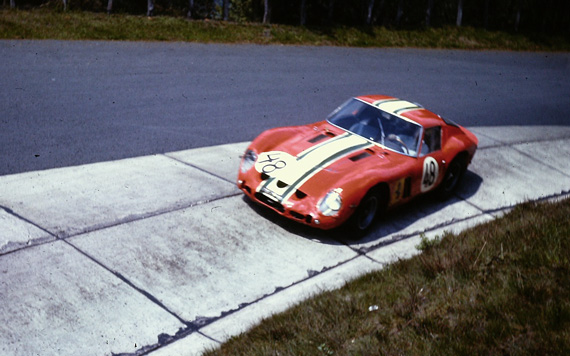
At the Nurburgring, Hewitt found that he too could be Jesse Alexander….almost. In May, 1963, he was standing at the apex of the Carrousel and photographed Kalman von Csazy’s GTO S/N 3809, which had a tough time and finished in 30th place.
I couldn’t believe they let you drive the ‘Ring! It cost one DM for the car and one more for each passenger. At the big races like the 1000K, there would be practice and qualifying, and then they would turn the public loose on the course! Everything from street sports cars to family station wagons blasting around the ‘Ring! That was as much fun as watching the race!
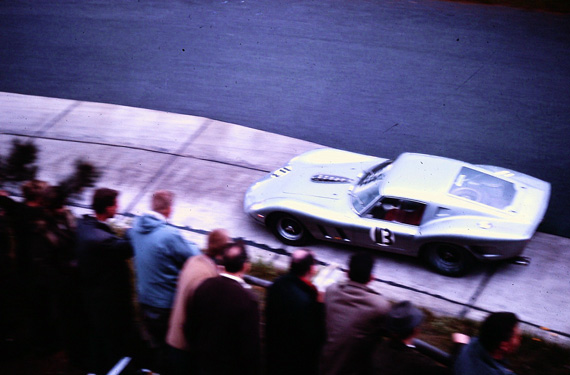
Also at the Ring that day in May was the Drogo-bodied 250GT, S/N 2735GT driven by Chris Kerrison. This was the famous Stirling Moss/Rob Walker SWB after it was rebodied by Drogo.
My father was very supportive of my brothers and I going to the races and car shows, etc. He even went out of his way to let us visit the Maserati factory while on vacation in Italy.
John Simone and the sad story of the T151
Hewitt’s visit to Modena was in the summer of 1963. In contrast to the earlier years, the factory was not as concerned with race cars; the last racing Maserati under the Orsis was the T65, built for John Simeone’s Maserati France. The car participated in the 1965 Le Mans, retired on the second lap, and that was about it for Maserati.
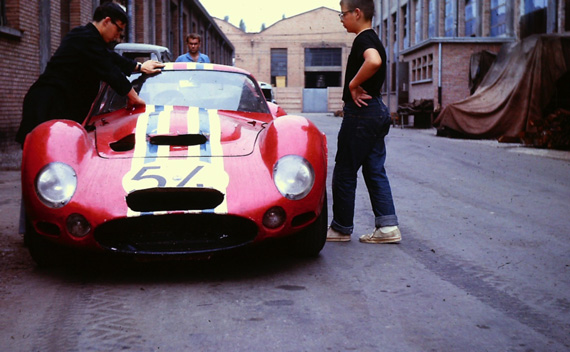
Le Mans coupe arriving in Modena having just returned from the 1963 July 7th race at Clermont-Ferrand.
By the time of Hewitt’s visit, in 1963, race activity was at an all-time low; even the Maserati-equipped Cunningham team was winding down. One of the few cars still in development was the T151. Three of these front engined coupes were built; two went to the Cunningham team and T151.002, also designated the T151/1, was built for Maserati France. T151.002 was entered in the 1962 Le Mans event, but retired with a broken rear suspension which caused undue tire wear. Updated, the Simone T151 was readied for Le Mans in 1963, and driven by Lucky Casner and Andre Simon it led for the first two hours before retiring with gearbox problems. It was then raced at Reims on June 23.
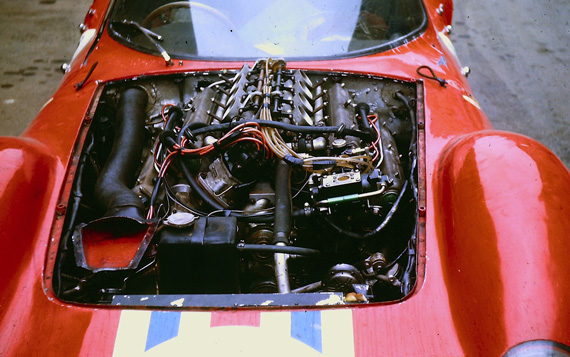
The T 151/1 used the V8 engine with fuel injection. At Le Mans, wearing number 2, it led for the first few hours before retiring with gearbox problems. It was driven by Andre Simon, Lloyd Casner and entered by Col Johnny Simone of Maserati France.
Hewitt’s color slides show the Simone T151 just returned from the 1963 July 7th race at Clermont-Ferrand where, driven by Lucien Bianchi, the car finished 8th overall and first in the over 3 liter GT class.
But the story of the Simone T151 does not end there. Upgraded again and called the T151/3, or T152, the 1964 version was again entered at Le Mans for Simon and Trintignant and again retired.
*In 1965, once more Simone tried with this rather unlucky car, this time with a more powerful 450 hp V8 and went to the April time trials with Masten Gregory and Casner. Casner, however, crashed at the end of the Mulsanne straight with fatal consequences. The Simone Maserati was totally destroyed. Hurriedly, Maserati created the T65 for Simone to enter the 24 hour event, schedule for June 19-20. The T65 lasted two laps before Jo Siffert stuffed it into a haybale and punctured the radiator and was forced to retire. It was effectively the last appearance of a racing Maserati.
Maserati’s last stand was punctuated with even more tragedy when longtime supported and French Maserati dealer John Simone was killed in a road accident. Simone (not to be confused with driver Andre Simon) was the son of an American father and French mother, and later married the French actress Junie Astor. On August 23, 1967, Simone and his wife were driving from Paris to Nice in their Mistral coupe when they were involved in a head on collision with a truck. Both were killed instantly.
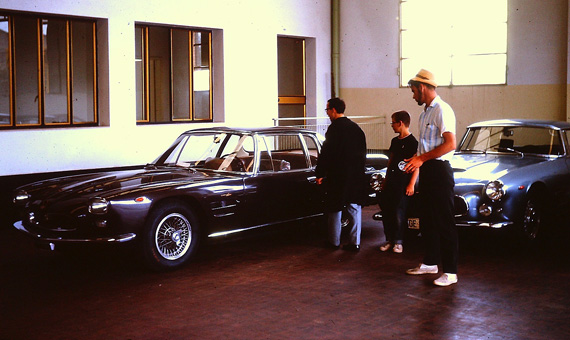
Not a Quattroporte but a Frua-bodied 5000GT. Not the gold script. And who might have owned this car?
And in this corner….
**On the same visit to the Maserati factory that July of 1963 the Hewitt’s photographed a number of street cars waiting for attention. Tucked way back in a corner was a Frua-bodied 5000GT. Frua clothed three of the kingly 5000GTs: AM103.048, AM 103.060 (for the Aga Khan), and AM 103.100 (Engelhardt). From the photo, it was clear that it was one of the three, but which one? One, AM 103.100 was built much later than the summer of 1963, leaving only two choices. The age of the Hewitt photo, combined with inside and outside lighting, made determining the actual color difficult; it could have been dark blue or dark red. Since the Aga Khan’s car was some sort of blue, with a beige (off white) interior while AM 103.048 at the time was reportedly a plum or ‘ruby red’ with a chamois interior, color was not going to be too helpful here, although the Hewitt photo does seem to indicate that the Maserati 5000GT had a tan, or chamois-colored interior. To other photos helped to identify the car; the front running light was seen on a photo of the 048 while in Egypt, while 060 was never seen with such a running light and does not have one today.
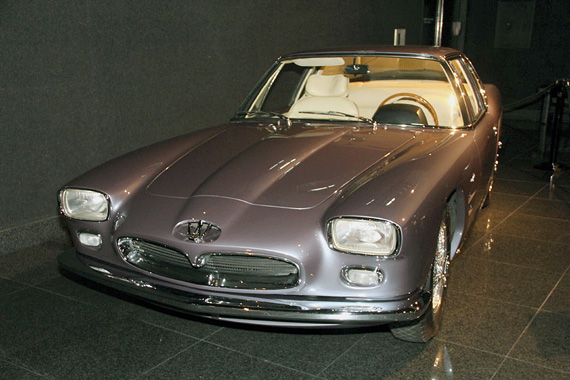
The Aga Khan's 5000GT as it appears today. Note the lack of running lights. Photo by Hugues Vanhoolandt.
So we can be relatively certain that the Hewitt photo is of AM 103.048, ordered new in March of 1962 by none other than Maserati France owner John Simone, who used the car to travel between Modena and Le Mans. The Aga Khan also used it occasionally and because of that, had Maserati construct AM 103.060 for his permanent use.
By mid-1963, AM 103.048, originally painted gold, was renumbered AM103.064 and resprayed ‘Ruby Red’, but obviously more of a plum red, and passed to a director of Instituto Farmacoterapico by October of that year. It then went to Prince Majid Bin Saud, who left the car in Egypt for the next several decades.
The Hewitt clan had captured both of the most famous Simone Maseratis at the same time.
Below are more photos taken of various Maseratis waiting attention at the factory on that sunny July day in 1963.
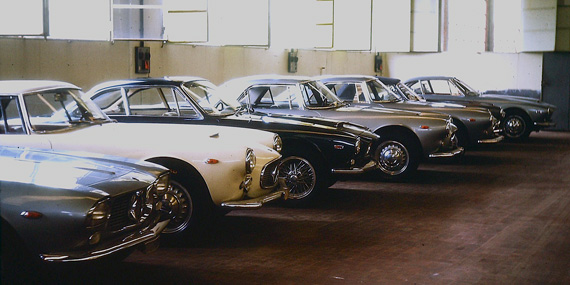
A line up of delectable Maserati GT cars. Another 5000GT can be seen in the first photo, a silver Allemano next to a 3500GT.
Hewitt continues:
It was truly a Grand European Tour for us, but all things must end and we rotated back Stateside in late 1964. I went on to become a mechanic for Holbert Porsche, Ed Roth MG, Jag, Healy and even a brief time for Roger Penske. When Donohue crashed the Lola T-70 at the Glen, I moved on and gradually got involved in music recording. All that experience helped me build Remote Recording trucks where I spent the rest of my career recording everything from The Rolling Stones to the NY Metropolitan Opera.
But David is still at it, and still interested in Maseratis.
Today, I am mostly retired from the road, but I get to hang out with my friends at Leydon Restorations. They specialize in mechanical restoration of classic cars and are often the court of last resort when no one else can repair a priceless car. Here are a few of their projects. Visit their website for a look at the fantastic history of this company.
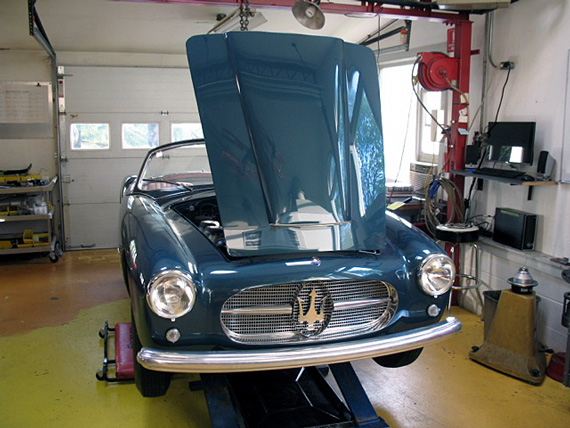
At Leydon Restorations, the only Zagato Spider Maserati, which was featured in VeloceToday last month...
*Oosthoek, Willem: Birdcage to Supercage, Dalton Watson, 2004
**Khawam, Maurice: Maserati 5000GT, A Significant Automobile, Mak Group, 2001
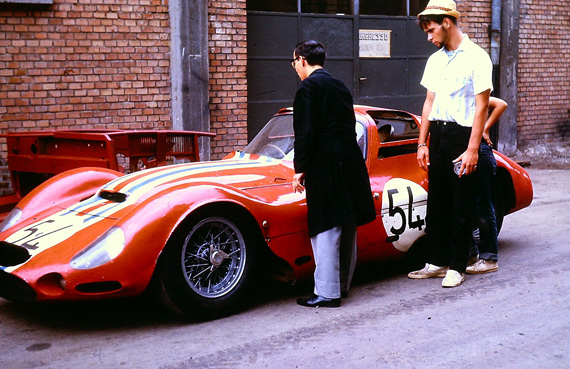
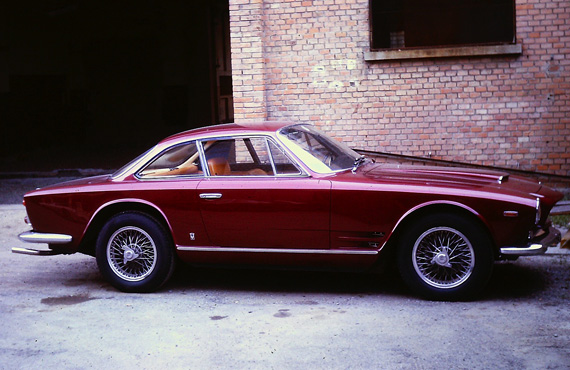
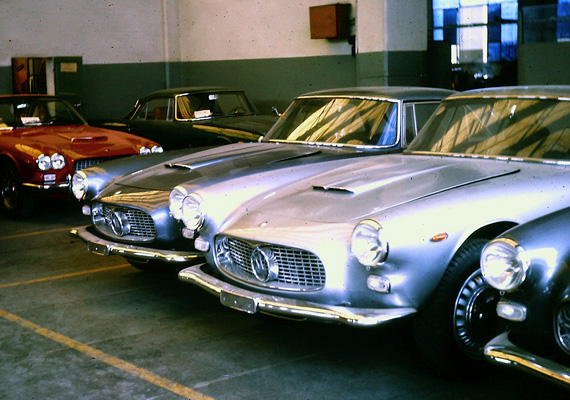
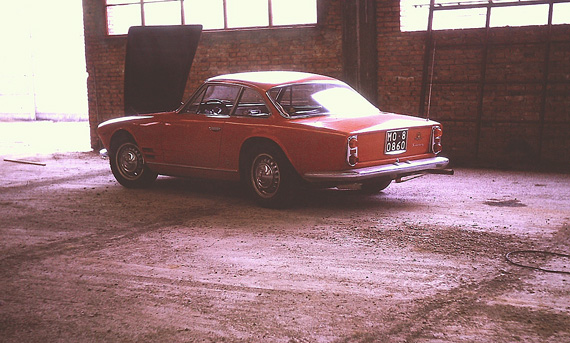
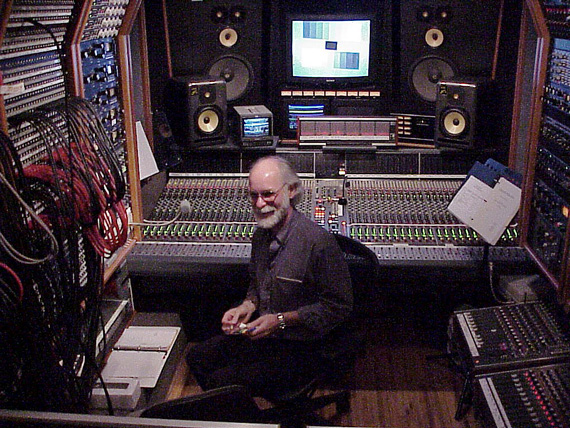
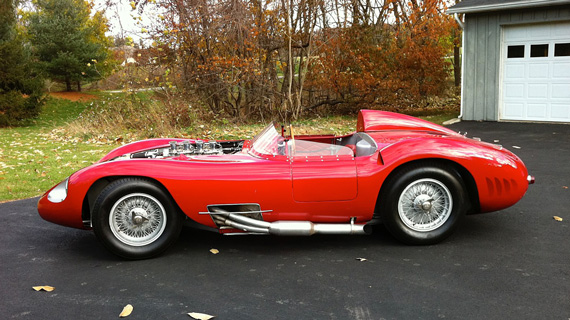
All the sebrings in the pictures above appear to be Sebring I.
I owned an early Sebring II for many years. They are very similar to Sebring Is, but
Destinctly different. What a great car it was!
Maserati Sebring is the Serie 1
Re driving Nurburgring, I was there in 1976 and drove my VW Kombi van around the circuit, but the price then had risen to 8 DM. I still have the ticket.
I wonder what the price is now?
For Maserati fans it will be welcome news that the Maserati France Tipo 151 is currently being restored in Bridgeport, CT, on behalf of its California owner.
The Nordschleife will cost you today 27 EURO per lap.
A frustrating experience if you don’t know the circuit by heart as you can’t see what’s coming after the next curve so you got to be slow or crazy if you’re not knowledgeable..
There is a fascinating in-board movie of Marc Lieb’s record lap on the last hybrid Oberporsche on Porsche’s web-site. Buckle-up!